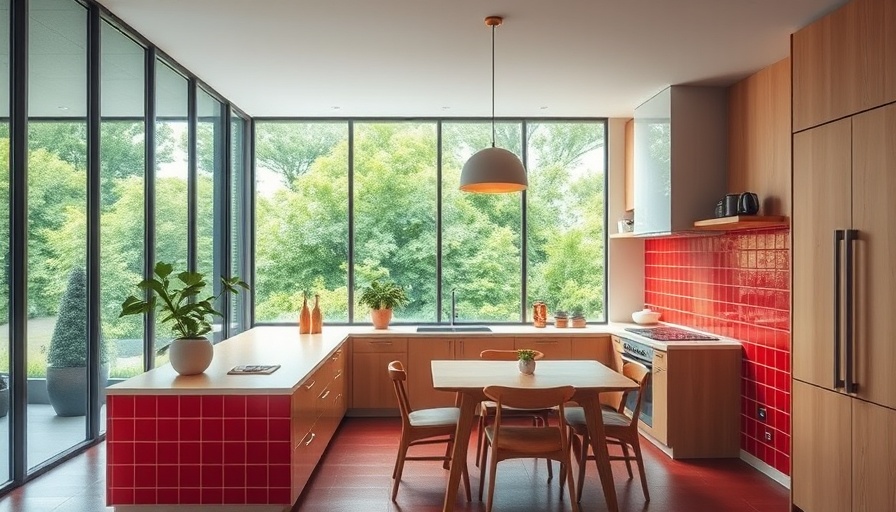
Reviving Architectural Heritage: A Close Look at Le Corbusier's Molitor Apartment
In the heart of the Boulogne-Billancourt region, a unique architectural gem has emerged from a complex restoration process. The Molitor building, originally designed by modern architecture master Le Corbusier and his collaborator Pierre Jeanneret in the early 1930s, has not only preserved its historic significance but has once again become a vibrant residential space. RREEL, a Paris-based architectural practice founded by Léa Cottreel and Rosalie Robert, took on the formidable task of restoring the building’s lower-floor apartment, which had suffered significant alterations during a 1970s renovation. This thorough reconstruction was rooted in extensive historical research, using material remnants and archived designs to revive the original vision laid out by Le Corbusier.
A Narrative of Innovation and Dialogue with the Past
Le Corbusier’s pioneering approach to architecture introduced innovative concepts such as the "plan libre", which allowed for flexible interior layouts that could adapt over time. RREEL’s restoration project exemplifies this philosophy, highlighting a deep respect for historical integrity while accommodating contemporary living standards. This new design is described as a dialogue of distinct architectural elements—where the interaction of shapes and materials resonates with the building's original aesthetic. The architects mentioned how the lavish use of color connects the freshly restored spaces with the vibrant history of the apartment, a homage to Le Corbusier’s distinctive style.
Collaborative Efforts: Engaging with Historical Context
The collaboration with the Fondation Le Corbusier was crucial throughout the restoration process. RREEL maintained open lines of communication to share findings and gain insights, thereby threading the past and present seamlessly. With guidance from the foundation, they excavated layers of the apartment’s history—discovering original materials concealed beneath decades of alterations. This meticulous process not only restored lost elements of the layout but also educated the architects on how to blend the past’s charm with modern necessities.
Modern Elegance Meets Historical Integrity
The newly restored apartment’s features are indicative of a calculated blend between old and new. Elements such as exposed pipes, vibrant color tiles, and carefully selected finishes reflect both a respect for Le Corbusier's principles and a modern architectural language. The incorporation of Corian countertops, lacquered cabinetry, and a thoughtful selection of furniture ties into the aesthetic narrative, emphasizing a layered approach to design that honors the past yet feels contemporary. This elegantly crafted interpretation of Le Corbusier’s work reiterates how historical architecture can inform and inspire innovative residential concepts.
The Value of Restoration as a Source of Inspiration
As homeowners and business owners increasingly seek to harmonize their environments with historical context, the story of the Molitor apartment presents significant insights. Embracing restoration is not just about preserving the past; it’s about invigorating spaces for the future. This apartment serves as a beacon for those looking to enhance their own environments, revealing how architecture can continuously narrate and mold identity.
In the end, the poetic echoes of Le Corbusier's vision resound anew in the Molitor building, demonstrating a powerful intersection of architectural history and modern living. This remarkable restoration showcases not only the charm and functionality of historical properties but also inspires future generations of architects and homeowners to engage deeply with the built environment.
 Add Row
Add Row  Add
Add 




Write A Comment